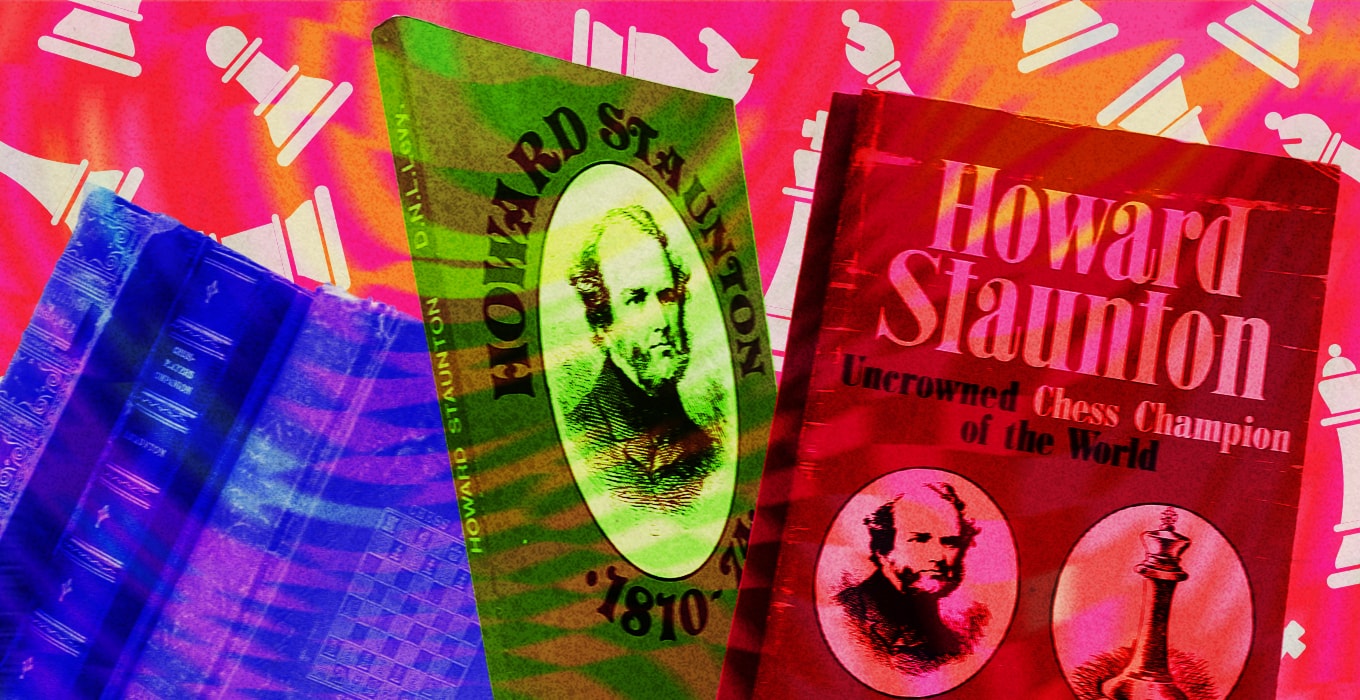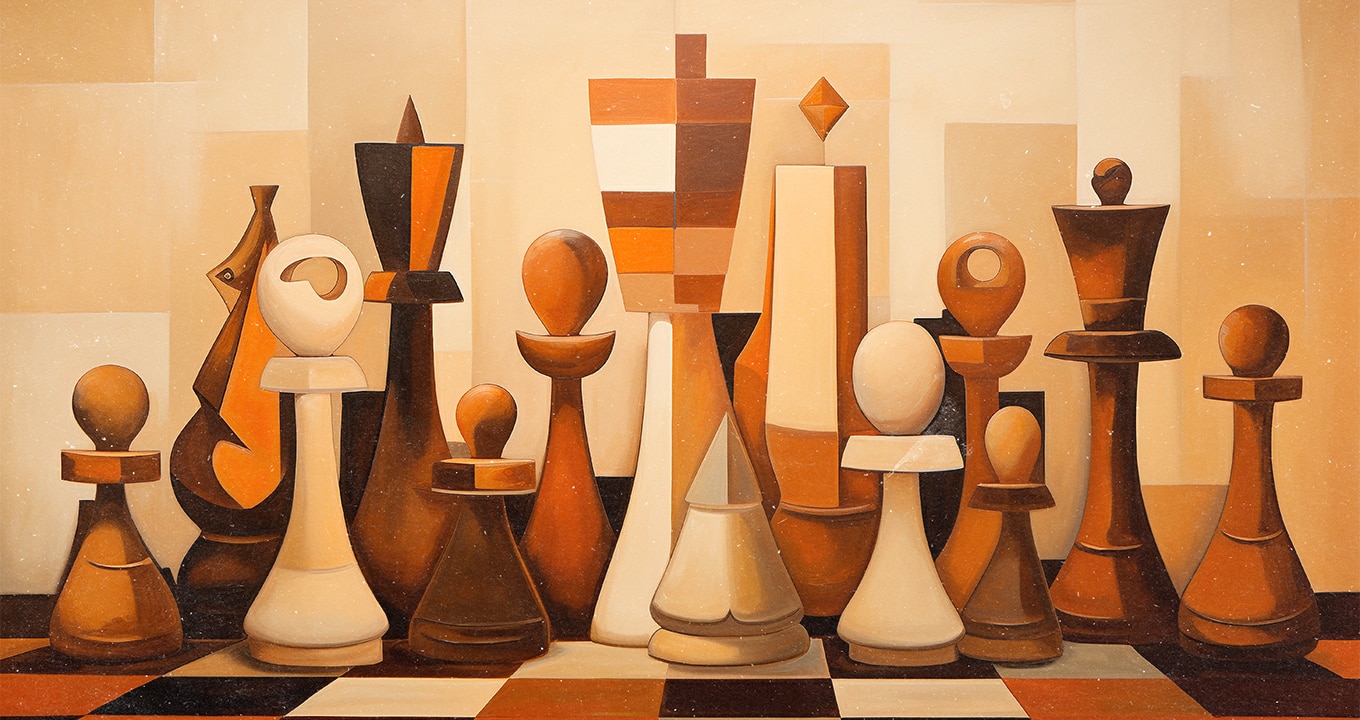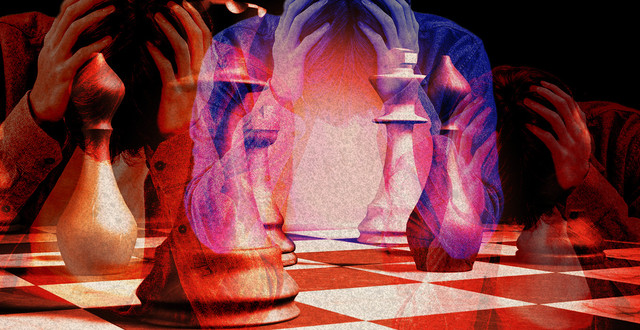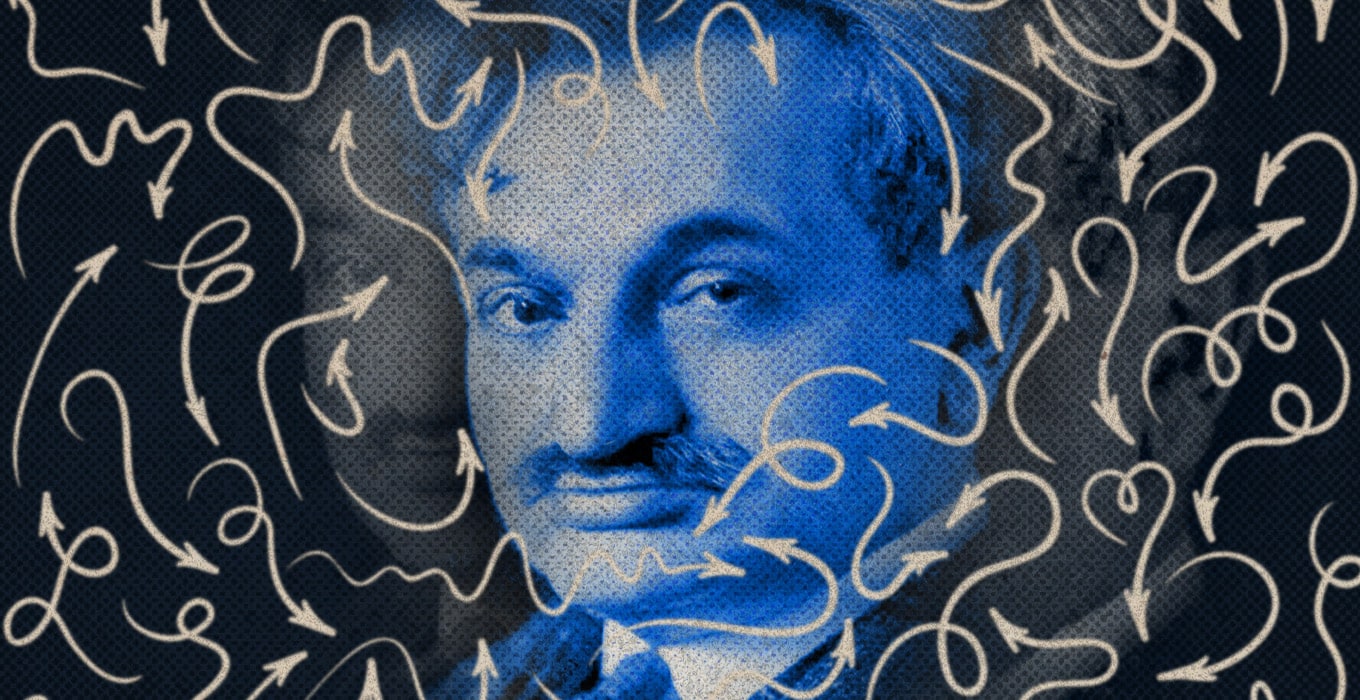As in any other area of expertise, chess has its own “material” that needs to be learned. This material is mostly the study of chess history, the games of the great players of the past and the ideas they discovered.
In chess terms, this study, the more thorough the better, is called chess culture.
Understandably, the best players are the “most cultured” because they have spent a lot of their formative years studying chess heritage. They know all the relevant ideas and have even come up with their own.
However, in modern times, it is not strictly necessary to be a “cultured” player in order to play well. The chess engines have introduced a new way of studying and playing, so it is in fact possible to become very strong, while not knowing some of Steinitz’s or Tarrasch’s games.
On the other hand, I am a firm believer that if a player is to reach the absolute top of the pyramid, and aspire to become a World Champion, he or she must know everything that happened in the past and know it well.
In 2000 Kasparov was at the height of his powers. He was winning tournament after tournament, displaying powerful chess. In the tournament in Sarajevo, he faced a young grandmaster, Sergei Movsesian, aged 22 at the time. The previous year Movsesian made a big breakthrough at the Las Vegas knock-out World Championship by reaching the quarterfinals.
In the game against Kasparov, playing with White, he entered the English Attack in the Najdorf. After 12 moves the following position was reached.
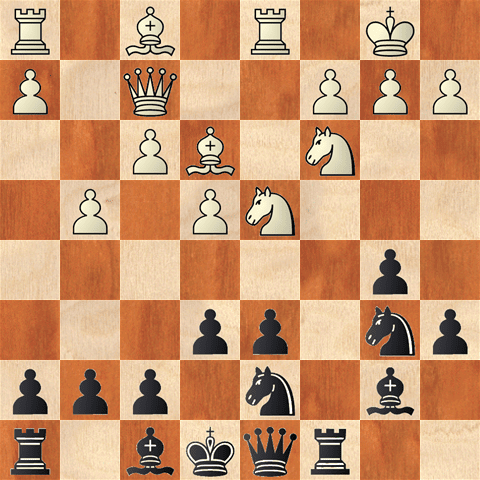
Black’s last move was 12…Rc8, with a clear idea that, for some reason, Movsesian ignored. He played the natural developing move 13.Bd3?!, allowing the equally natural and very strong exchange sacrifice 13…Rxc3! 14.bxc3 Qc7.
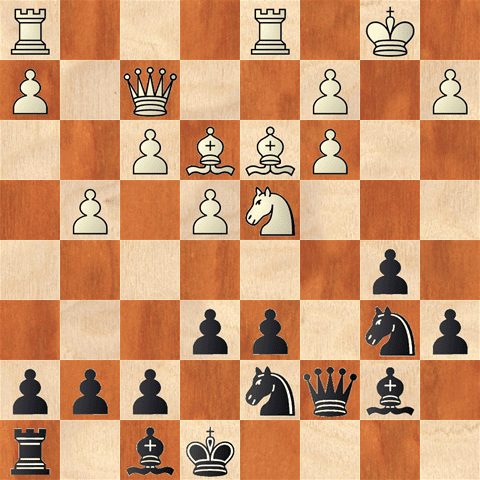
Kasparov went on to win the game, showing that his evaluation of the exchange sacrifice was more exact than Movsesian’s, who couldn’t really defend against Black’s slow-burning attack on the queenside.
What was interesting, however, was Kasparov’s reaction after the game. He was shocked at how was possible for a grandmaster to allow that sacrifice on c3! He called it a “lack of chess culture,” as to him this was obvious and definitely not something White should go for.
It’s worth noting that nine years after this game Movsesian reached number 10 in the world with a rating of 2751. I wouldn’t go as far as to say that he lacked chess culture in 2000 (though Kasparov was fully entitled to his opinion, after all he called many grandmasters “candidate masters” to show his disdain and low opinion of their strength, not to mention calling Movsesian a “chess tourist,” having in mind the knock-out championship in Las Vegas) but it is definitely true that this typical Sicilian sacrifice, which has occurred in so many games in the past, was something that he should have known about and not allowed, especially in a game against Kasparov.
As the wise men have said, study the classics. They were right and even though today it’s possible to skip that part, I would still say that having chess culture will only make the player enjoy chess more.


